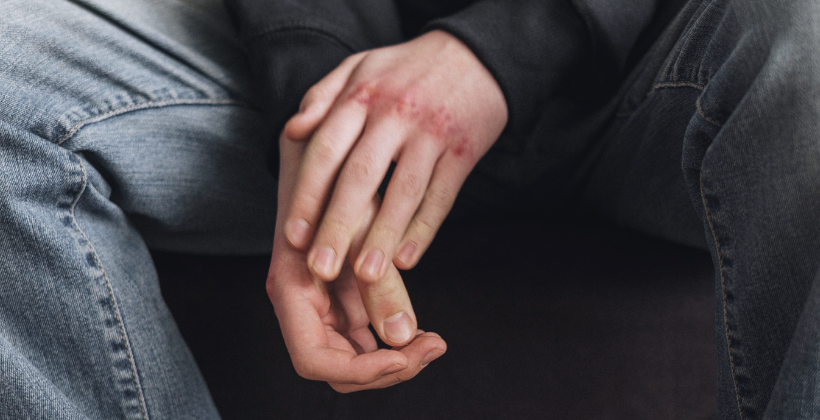Self-harm or deliberate self-harm is where you inflict physical harm on yourself usually in secret and often without anyone else knowing. The most common form of self-harm is skin cutting but it can cover a wide range of behaviours including burning, scratching, biting, banging or hitting your whole body, picking at sores on your skin, pulling out hair or ingestion of a toxic substance.
Studies show there is an increased risk of suicide in individuals who self-harm. Self-harm may be a symptom of borderline personality disorder and individuals with other diagnoses may also be self-harmful including those with depression, anxiety disorders, post-traumatic stress disorders, substance abuse, schizophrenia and those with multiple personality disorders.
Self-harm is most common in adolescents and young adults, usually first appearing by the age of 12-24, however, it can occur at any age including elderly population. There is a common belief that self-harm is attention-seeking, however, in most cases this is inaccurate. Many people who self-harm are conscious of their wounds and go to great lengths to conceal their behaviour such as concealing scars and wounds with clothing.
Why do people self-harm?
For those who self-harm are most often than not seeking to end their life, self-harming is used as a coping mechanism to relieve emotional pain or it can be an attempt to communicate distress. Some may have had tough experiences or difficult relationships such as bereavement i.e losing someone close, been bullied, relationship breakup, abuse- physical or sexually, experience serious illness or having a disability that affects the way they feel about themselves, problems with peers, school or family. It can provide a way to express feelings, it can be a way of communicating to people that help and support is needed especially when they feel unable to use words. It can also provide a feeling of control, i.e control over life, feelings or body.
How can self-harm be treated?
There are a number of different treatment methods which may help including speaking to a therapist and engaging in counseling or psychotherapy services. In certain cases where self-harm is associated with depression, antidepressant drug treatment may be effective, in other cases a combination of therapy and medication is the most effective choice of treatment. When a client engages with a therapist not only will they be supported but the therapist can provide some information and the best coping techniques for dealing with self-harm. Such an example is avoidance /distraction techniques which focus on keeping the individual occupied with other activities. Replacing the act of self-harm with safer methods such as snapping elastic bands on the skin or drawing on skin with a red pen, or indeed choosing to put off self-harm until you have spoken to someone, or wait 15 minutes before harming, extend for another 15 minutes and continue like so until the feeling passes. These are just a few examples of harm minimization strategies that your therapist can discuss with you. Sometimes just having someone to listen to you, understand and support you is more than enough.
If you are struggling with self-harm or have suicide ideation, I urge you to reach out and talk to someone. Our therapists here at the Horizon Mental Health clinic are highly skilled and passionate about their work and provide an exceedingly personalised approach adapted to your individual needs.
Sinead Fahy

